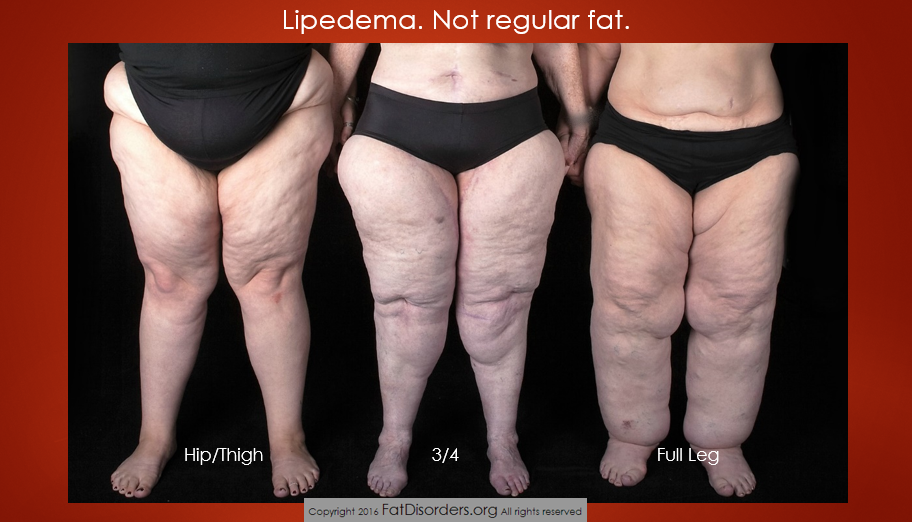There is a growing awareness of a disease called lipedema, which causes fat to be distributed toward the lower body (legs and hips) under the skin.

Michelle Foster, an associate professor and researcher for Colorado State University’s Department of Food Science and Human Nutrition, recently received a grant from the Lipedema Foundation to investigate this poorly understood disease.
What is lipedema?
Lipedema, as Foster describes it, is a disorder that is characterized by the irregular distribution of fatty subcutaneous tissue throughout the body, namely the body’s lower regions such as the legs, thighs and hip areas. Body regions that have accumulated this fatty tissue can be achy and painful to the patients. Lipedema is a condition that occurs almost exclusively in females, leading many scientists to believe that the disorder is related to the genetic composition of one’s sex chromosomes.
“The problem is that there is no true understanding of why this condition occurs,” Foster said. “It is not yet considered a big enough problem to received funding from the large grant institutes like the National Institutes of Health. That’s why these groups of individuals came together to create the Lipedema Foundation.”
Lipedema Foundation
Lipedema was first described in the 1940s and there is still much to learn about the disease. The foundation’s website states many reasons why this disorder is under-researched, including a lack of public awareness, the absence of diagnostic tools, poor understanding of the disease biology and the overarching social stigma with the disease, with many people confusing the condition for excessive wei ght gain or obesity.
ght gain or obesity.
The Lipedema Foundation has committed more than $5.3 million toward “defining, diagnosing and developing treatments for lipedema.” This money is allocated to many basic, diagnostic, genetic and clinical researchers to further their scientific studies.
Foster’s research
With her research, Foster aims to better understand what causes the disease. She will create an animal model – a proof of concept that entails the use of what Foster calls an “adeno-associated virus.” These viruses have the potential to manipulate a host’s genome. Introducing this virus will allow Foster and her team to examine the possible genetic components of lipedema.

“We believe that part of the issue is due to estrogen signaling in the body,” Foster said. “We’ll use a virus that will go in and knock out the estrogen receptor we believe regulates this. We propose that these site-specific injections will then cause those fat deposits to act similarly to what we’ve seen in lipedema fat.”
Foster has the goal of wrapping up her experiment and concluding her results within a year. She hopes that if she can prove her animal model and theory correct, the scientific community surrounding lipedema will be one step closer to understanding the condition and developing long-term treatments for the disease.
The Department of Food Science and Human Nutrition is part of CSU’s College of Health and Human Sciences.